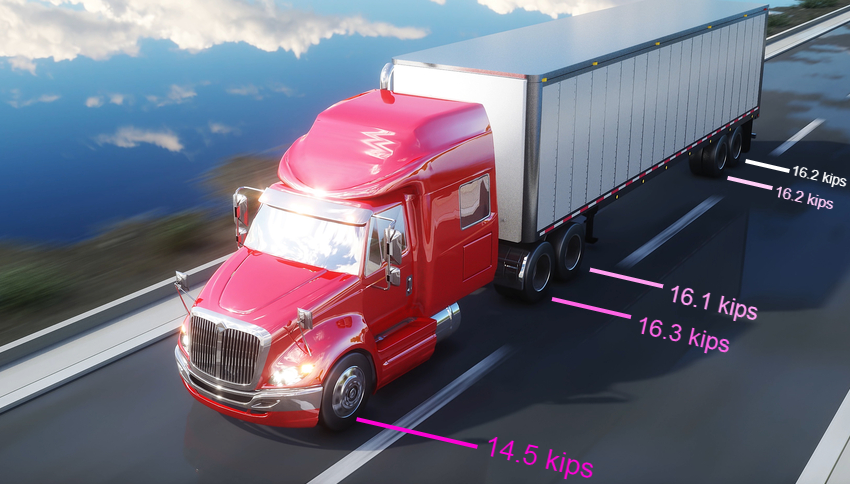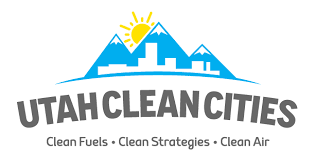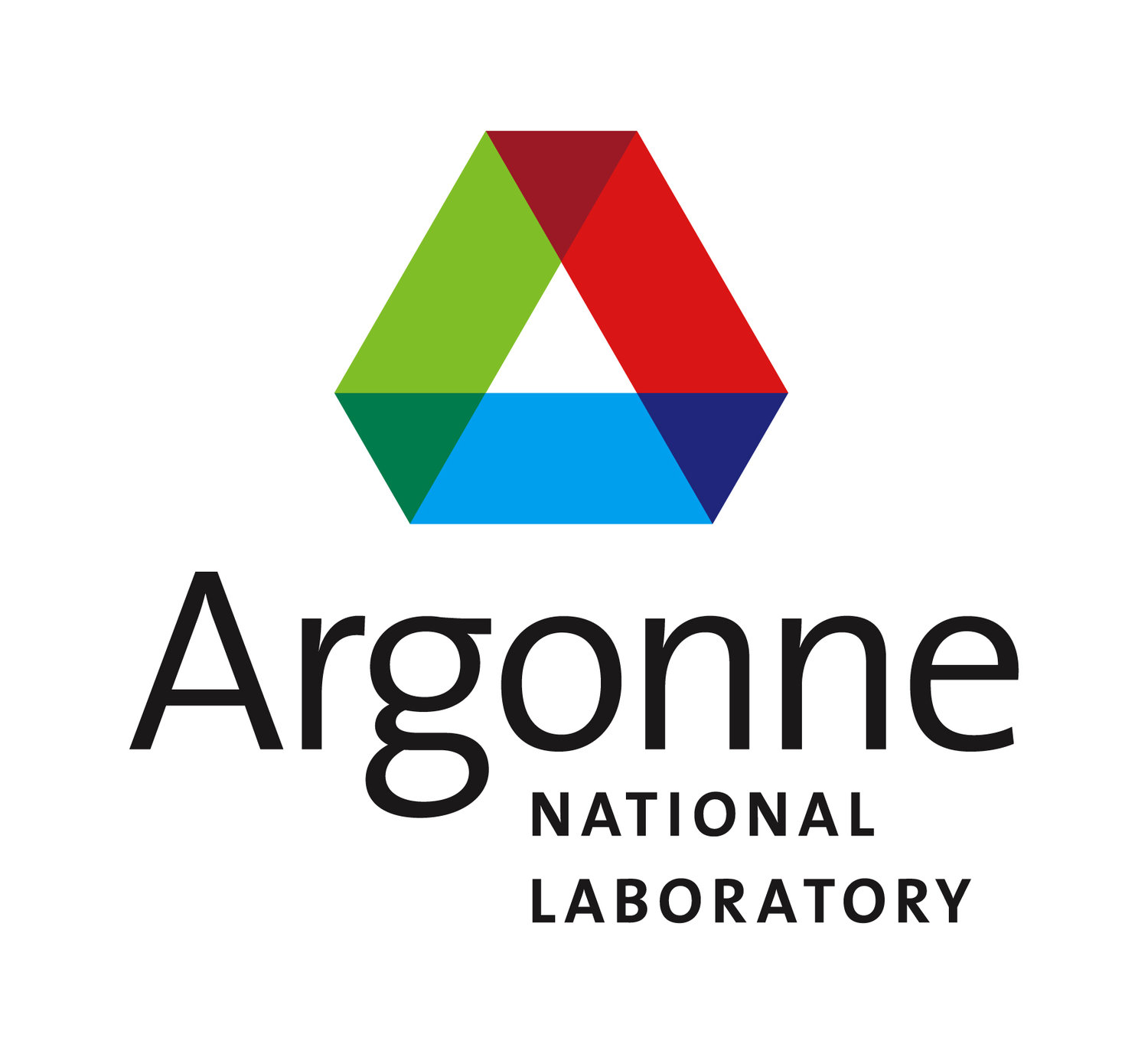Light Based Communication for CAVs
CAV Technology
Visual-Enhanced Cooperative Traffic Operations (VECTOR)
The automated vehicles currently on the roads rely heavily on expensive sensors, computers, and software such as Lidar, high-resolution digital cameras, GPU computers, high definition mapping to perceive only limited surroundings. The abundance of perception sensors leads to redundant computations and the perception information is not shared with other vehicles. This project aims to support connected automated vehicles with a secure, energy efficient and scalable communication platform that uses low-cost enablers on the existing traffic infrastructure. This communication system named VECTOR (Visual-Enhanced Cooperative Traffic Operations) will reduce the perception needs of automated vehicles, hence decrease their energy use and the costs. The required enablers on the traffic infrastructure will perform the necessary computation for all approaching automated vehicles and will communicate with them to share the perception data.
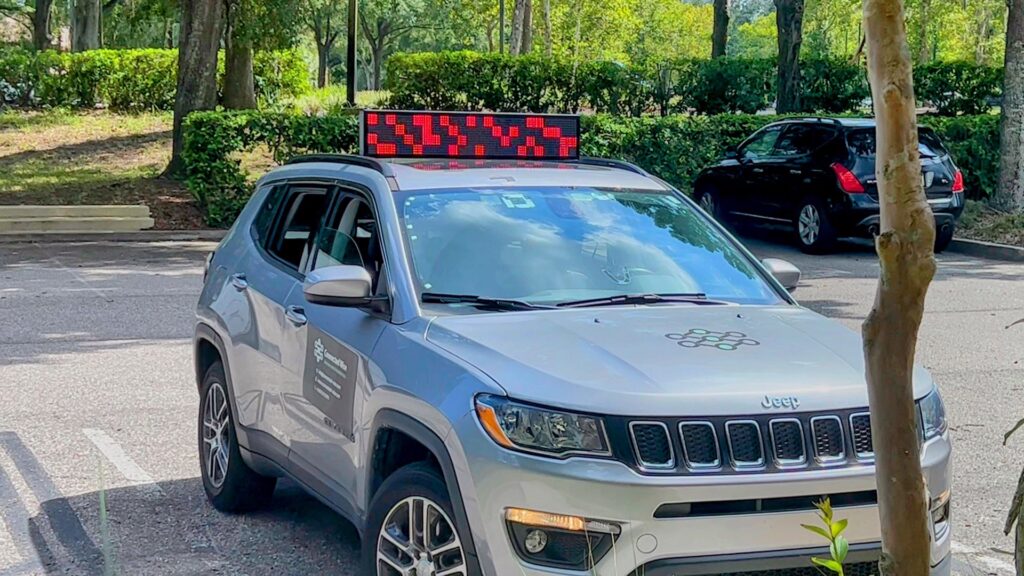
Motivation
CAVs have important implications in terms of transportation system management, safety, and operations.
Problem
CAV deployment requires high-cost infrastructure investments with high carbon footprint effects.
Solution
VECTOR can provide vision-based communication between vehicles and vehicle-to-infrastructure (V2I & I2V) using existing ITS infrastructure.

Expected Outcomes
Current connected vehicle technologies use high-frequency wireless communication such as DSRC and CV2X and they have been tested in pilot projects for a while. However, due to the high cost of the necessary infrastructure investment, these technologies have very limited availability; not to mention their deployment challenges due to cyber-security concerns and electromagnetic interference. VECTOR, on the contrary, will benefit from a secure light-code based communication by using dynamic message signs and low-cost sensing technologies (e.g., cameras) that are available on the traffic infrastructure, also the flashing sequences of vehicles’ lights (e.g., headlight and tail light, LED displays) to receive information from the vehicles. The project will reduce the cost for sensing, communications, and computation by at least 60% and reduce energy consumption by at least 40% when compared to existing connected vehicle technologies.
60%
Cost Savings
from infrastructure
40%
Energy Savings
compared traditional CAV

VECTOR project brings nation’s CAV experts in different focus areas together to build a unique technology to accelerate the adoption of CAVs on public roads as the low-cost and energy efficient solution. My team and myself are very excited to be part this large collaboration and eager to integrate our unique smart static signs with ‘smart’ dynamic signs on the side of roadways and on vehicles.

Tolga Ercan, PhD, PE
Co-Founder & Project Manager

Interested in showcasing VECTOR in your area?
- Cutting-edge R&D technology demonstration
- Low cost of installation and maintenance
- Existing ITS infrastructure integration
- Faster adoption of CAV technologies
Explore More Projects

Smart Traffic Signs for CAVs
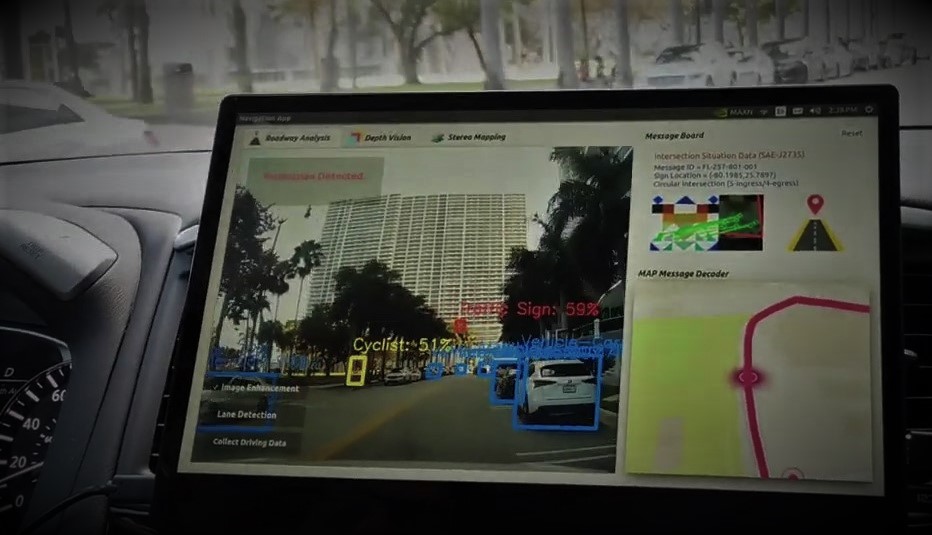
On-Board Machine Vision for V2X
